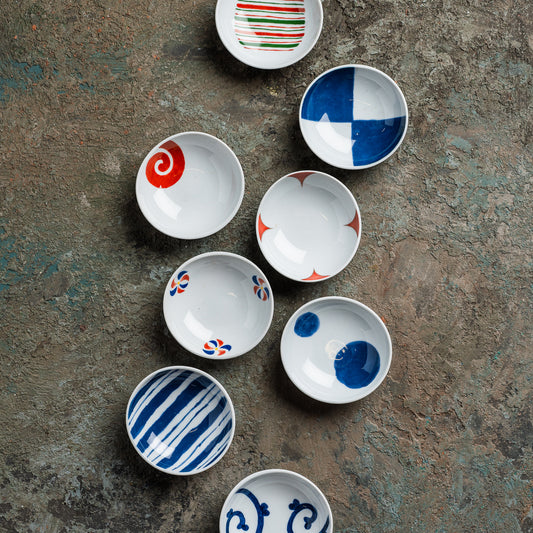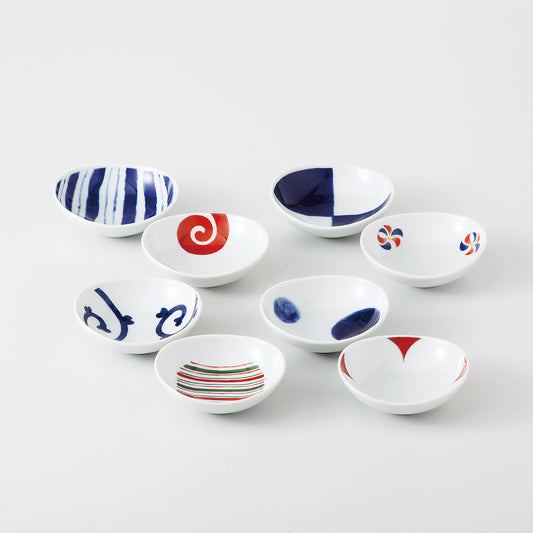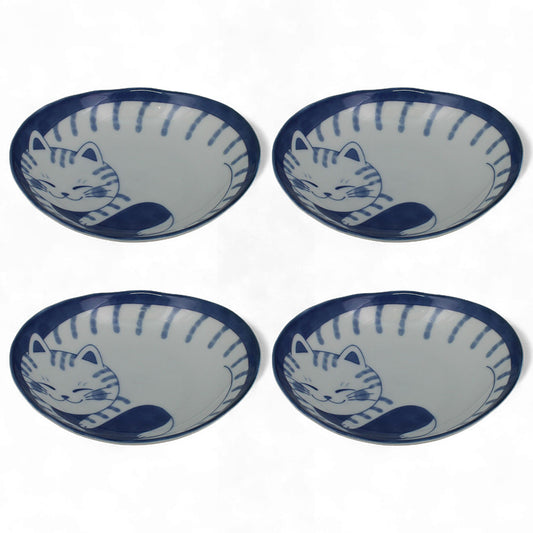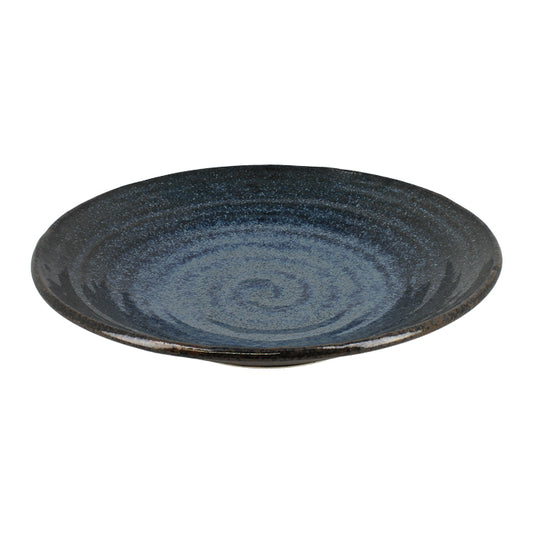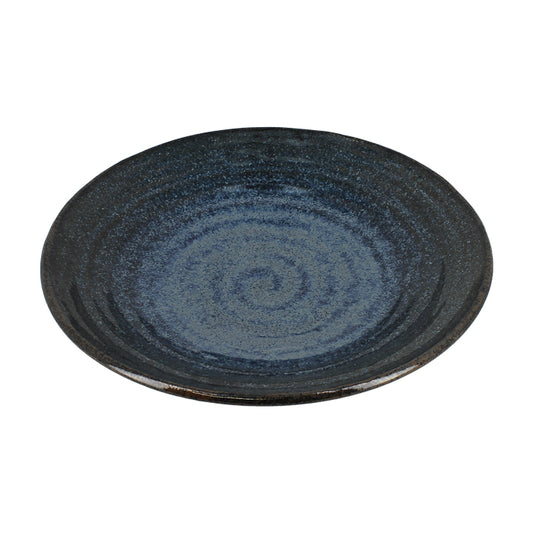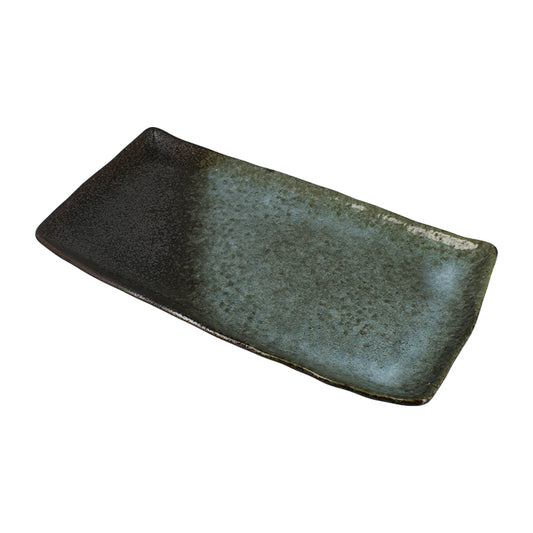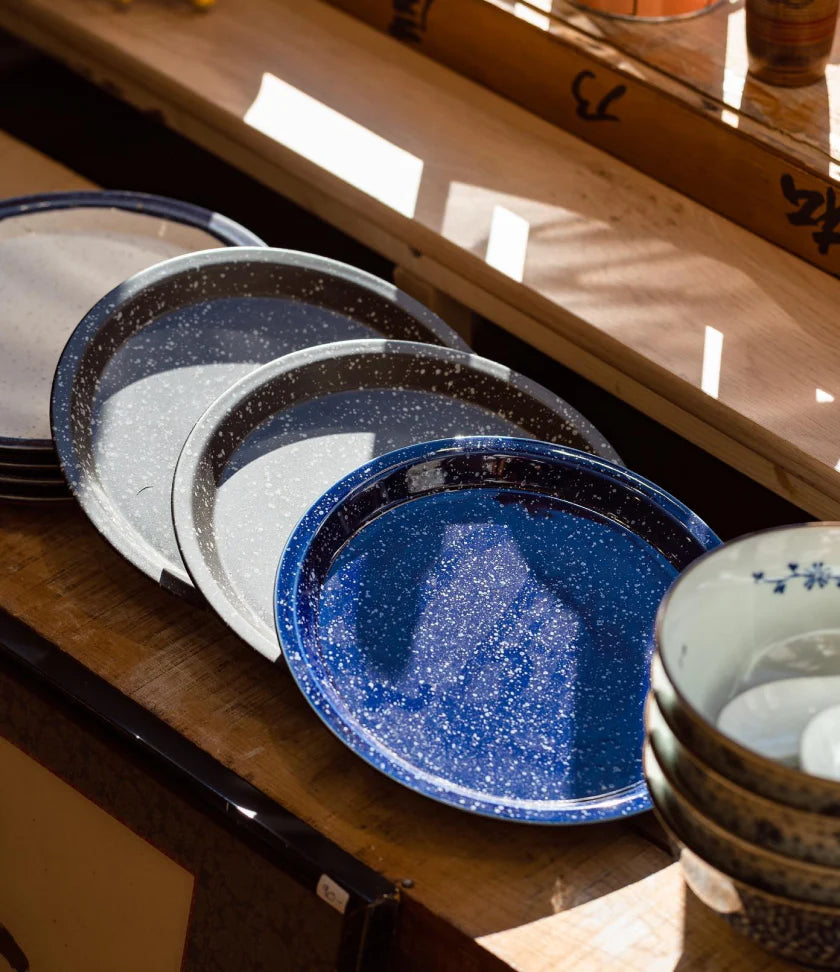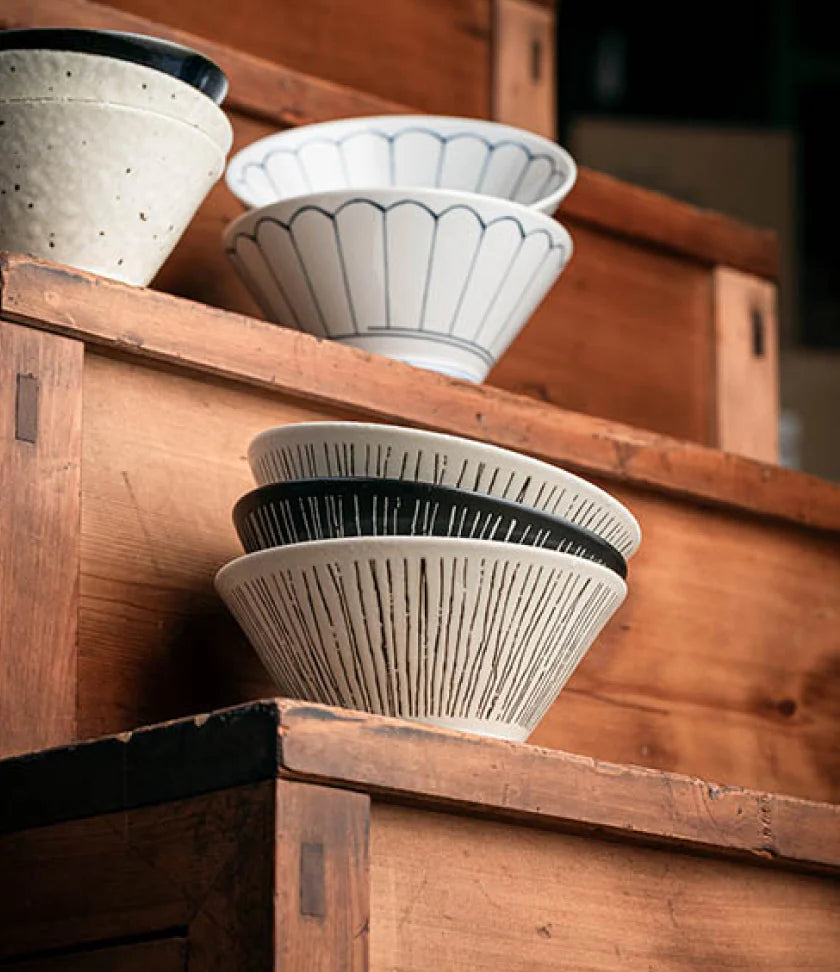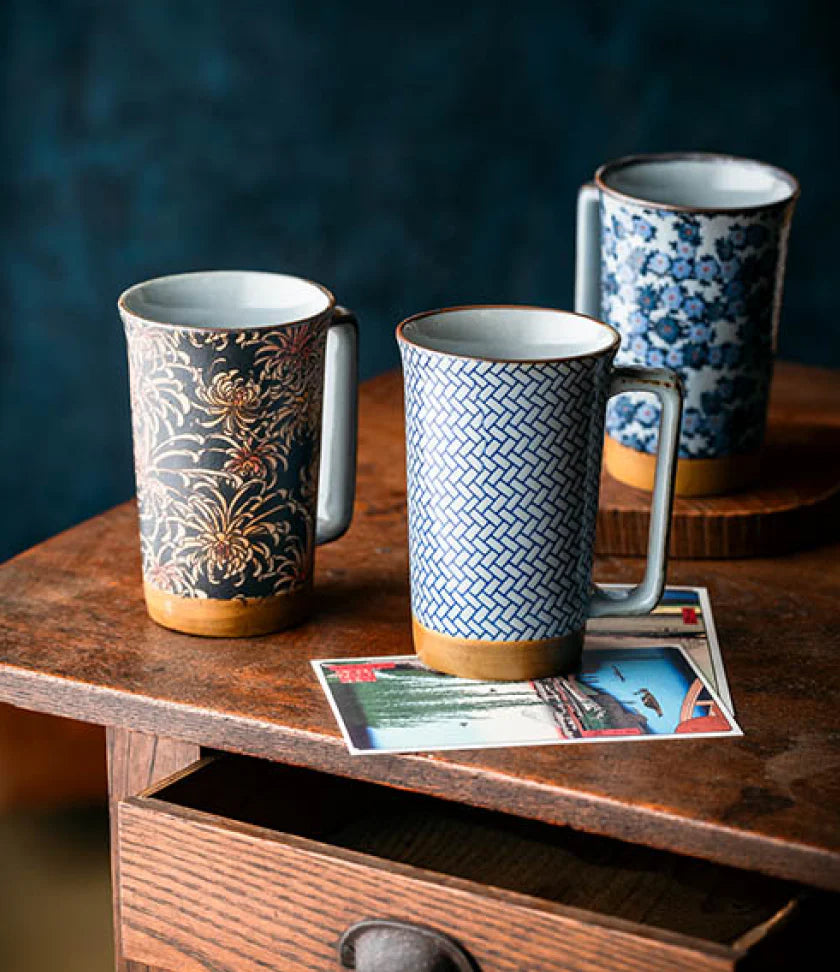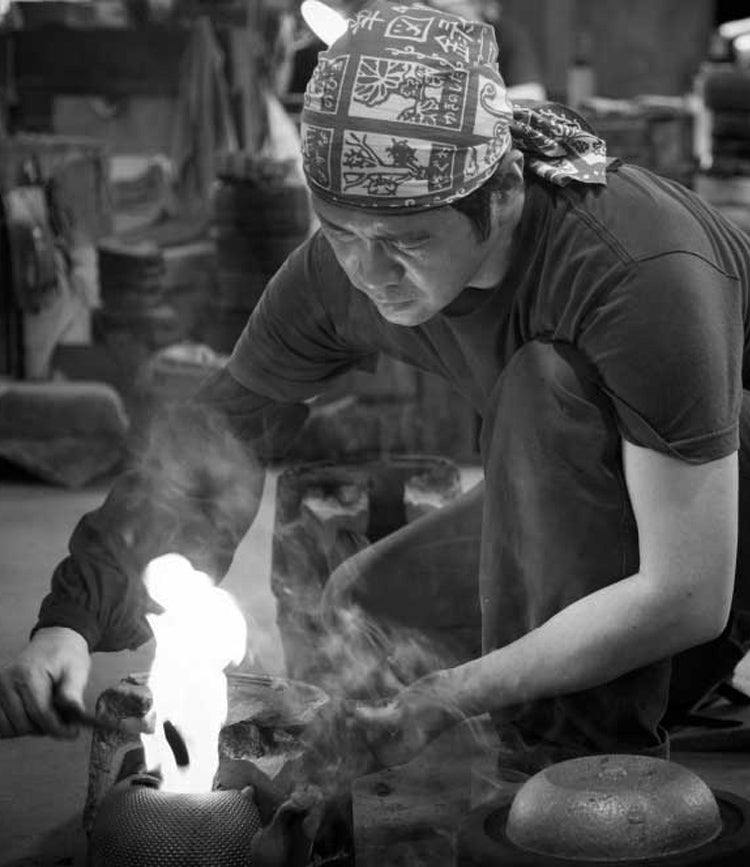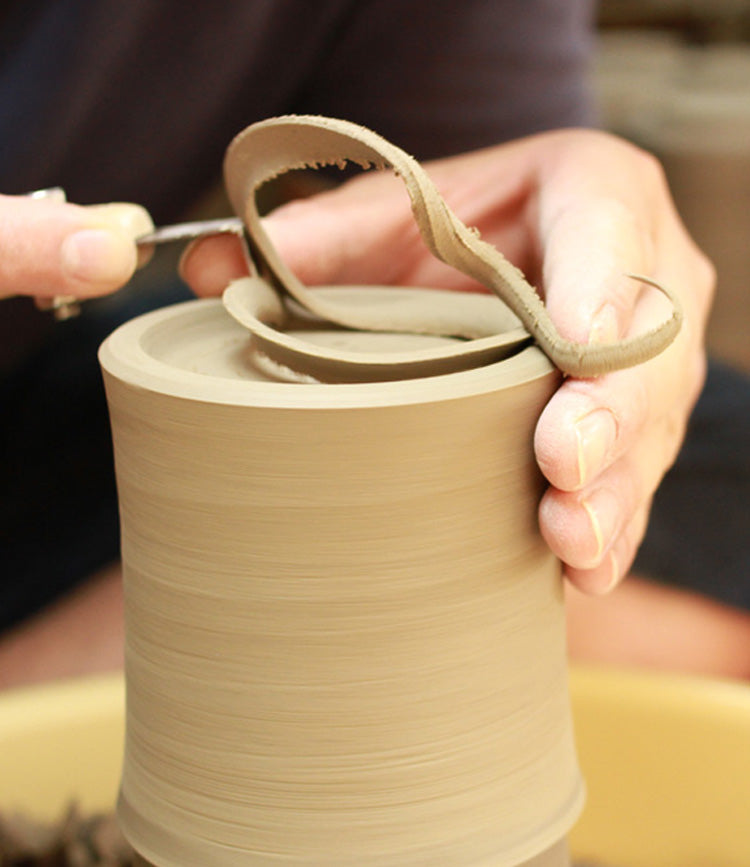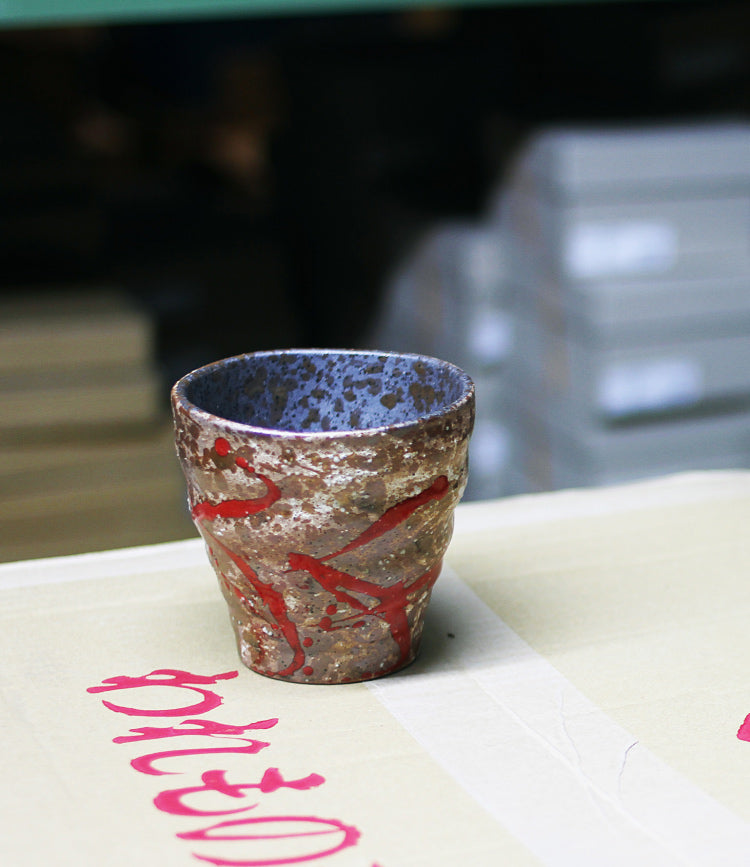
Sandstone or the beauty of the imperfect
Chinese influence has always been important for Japan: in fact, writing, religions, painting, literature, calligraphy, etc., come from the Middle Kingdom. This is also the case for ceramics, whose different techniques and forms emerged in Japan in the 13th century. As for Japanese stoneware, its golden age began at the beginning of the 16th century and lasted until the end of the 18th century. The techniques vary depending on the region of the Archipelago, however, it is always clay shaped by hand or on a wheel and then fired with pine wood in horizontal kilns (in tunnels), which glow at around 1300 degrees. Celsius. The porous material that is stoneware is made waterproof – often through a second firing – thanks to a covering which nevertheless reveals the raw base of the piece.
Japanese stoneware has a very particular aesthetic, which was defined by the masters of the tea ceremony (tea ceremony: “Chanoyu”), a tradition subject to the most rigorous rites since the 15th century. Indeed, the pieces chosen for this ritual depend on the seasons, the time, the weather, our host, etc. This spiritual disposition and aesthetic concept can be simplified into two terms “wabi” and “shibui”, roughly translatable as “austerity” and “sobriety”. The sandstone objects are therefore simple and they reflect the desire to abandon the goods of this world to reconnect with nature: it is a kind of asceticism where we create a sensitive and spiritual relationship with the objects (“wabicha”: “solitary tea”). Indeed, sandstone is chosen particularly for its simplicity and its natural appearance: the shapes are pure and simple; the materials and textures recall elements of nature (moss, stone); imperfection, like a flow that would evoke a stream of water, is appreciated and even admired, even to the point where potters will deliberately distort their pieces or learn to control and direct their firing with the aim of irregularity, of accident. The tea ceremony, which appeals to the five senses, pays particular attention to that of touch, thus, under the fingers, the texture and irregular reliefs rise to the mind.
